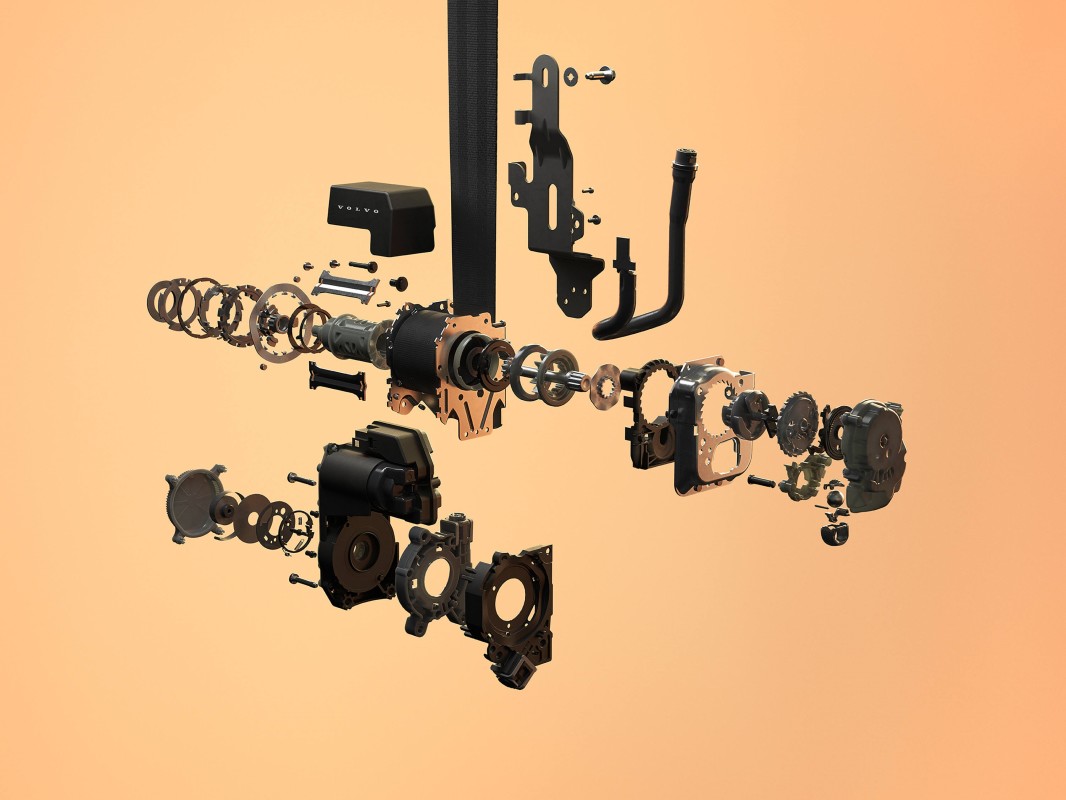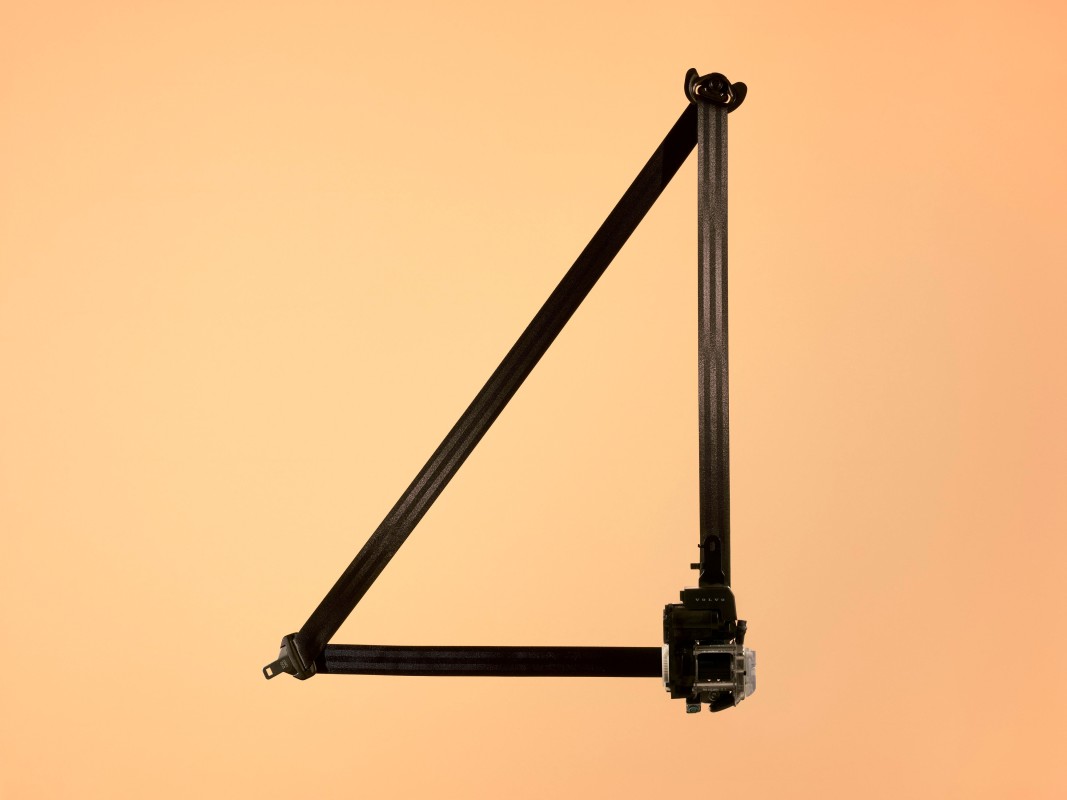https://www.technologyreview.com/2025/06/05/1117958/china-ai-agent-boom/
Last year, China saw a boom in foundation models, the do-everything large language models that underpin the AI revolution. This year, the focus has shifted to AI agents—systems that are less about responding to users’ queries and more about autonomously accomplishing things for them.
There are now a host of Chinese startups building these general-purpose digital tools, which can answer emails, browse the internet to plan vacations, and even design an interactive website. Many of these have emerged in just the last two months, following in the footsteps of Manus—a general AI agent that sparked weeks of social media frenzy for invite codes after its limited-release launch in early March.
These emerging AI agents aren’t large language models themselves. Instead, they’re built on top of them, using a workflow-based structure designed to get things done. A lot of these systems also introduce a different way of interacting with AI. Rather than just chatting back and forth with users, they are optimized for managing and executing multistep tasks—booking flights, managing schedules, conducting research—by using external tools and remembering instructions.
China could take the lead on building these kinds of agents. The country’s tightly integrated app ecosystems, rapid product cycles, and digitally fluent user base could provide a favorable environment for embedding AI into daily life.
For now, its leading AI agent startups are focusing their attention on the global market, because the best Western models don’t operate inside China’s firewalls. But that could change soon: Tech giants like ByteDance and Tencent are preparing their own AI agents that could bake automation directly into their native super-apps, pulling data from their vast ecosystem of programs that dominate many aspects of daily life in the country.
As the race to define what a useful AI agent looks like unfolds, a mix of ambitious startups and entrenched tech giants are now testing how these tools might actually work in practice—and for whom.
Set the standard
It’s been a whirlwind few months for Manus, which was developed by the Wuhan-based startup Butterfly Effect. The company raised $75 million in a funding round led by the US venture capital firm Benchmark, took the product on an ambitious global roadshow, and hired dozens of new employees.
Even before registration opened to the public in May, Manus had become a reference point for what a broad, consumer?oriented AI agent should accomplish. Rather than handling narrow chores for businesses, this “general” agent is designed to be able to help with everyday tasks like trip planning, stock comparison, or your kid’s school project.
Unlike previous AI agents, Manus uses a browser-based sandbox that lets users supervise the agent like an intern, watching in real time as it scrolls through web pages, reads articles, or codes actions. It also proactively asks clarifying questions, supports long-term memory that would serve as context for future tasks.
“Manus represents a promising product experience for AI agents,” says Ang Li, cofounder and CEO of Simular, a startup based in Palo Alto, California, that’s building computer use agents, AI agents that control a virtual computer. “I believe Chinese startups have a huge advantage when it comes to designing consumer products, thanks to cutthroat domestic competition that leads to fast execution and greater attention to product details.”
In the case of Manus, the competition is moving fast. Two of the most buzzy follow?ups, Genspark and Flowith, for example, are already boasting benchmark scores that match or edge past Manus’s.
Genspark, led by former Baidu executives Eric?Jing and Kay?Zhu, links many small “super agents” through what it calls multi?component prompting. The agent can switch among several large language models, accepts both images and text, and carries out tasks from making slide decks to placing phone calls. Whereas Manus relies heavily on Browser Use, a popular open-source product that lets agents operate a web browser in a virtual window like a human, Genspark directly integrates with a wide array of tools and APIs. Launched in April, the company says that it already has over 5 million users and over $36 million in yearly revenue.
Flowith, the work of a young team that first grabbed public attention in April 2025 at a developer event hosted by the popular social media app Xiaohongshu, takes a different tack. Marketed as an “infinite agent,” it opens on a blank canvas where each question becomes a node on a branching map. Users can backtrack, take new branches, and store results in personal or sharable “knowledge gardens”—a design that feels more like project management software (think Notion) than a typical chat interface. Every inquiry or task builds its own mind-map-like graph, encouraging a more nonlinear and creative interaction with AI. Flowith’s core agent, NEO, runs in the cloud and can perform scheduled tasks like sending emails and compiling files. The founders want the app to be a “knowledge marketbase”, and aims to tap into the social aspect of AI with the aspiration of becoming “the OnlyFans of AI knowledge creators”.
What they also share with Manus is the global ambition. Both Genspark and Flowith have stated that their primary focus is the international market.
A global address
Startups like Manus, Genspark, and Flowith—though founded by Chinese entrepreneurs—could blend seamlessly into the global tech scene and compete effectively abroad. Founders, investors, and analysts that MIT Technology Review has spoken to believe Chinese companies are moving fast, executing well, and quickly coming up with new products.
Money reinforces the pull to launch overseas. Customers there pay more, and there are plenty to go around. “You can price in USD, and with the exchange rate that’s a sevenfold multiplier,” Manus cofounder?Xiao?Hong quipped on a podcast. “Even if we’re only operating at 10% power because of cultural differences overseas, we’ll still make more than in China.”
But creating the same functionality in China is a challenge. Major US AI companies including OpenAI and Anthropic have opted out of mainland China because of geopolitical risks and challenges with regulatory compliance. Their absence initially created a black market as users resorted to VPNs and third-party mirrors to access tools like ChatGPT and Claude. That vacuum has since been filled by a new wave of Chinese chatbots—DeepSeek, Doubao, Kimi—but the appetite for foreign models hasn’t gone away.
Manus, for example, uses Anthropic’s Claude?Sonnet—widely considered the top model for agentic tasks. Manus cofounder?Zhang?Tao has repeatedly praised Claude’s ability to juggle tools, remember contexts, and hold multi?round conversations—all crucial for turning chatty software into an effective executive assistant.
But the company’s use of Sonnet has made its agent functionally unusable inside China without a VPN. If you open Manus from a mainland IP address, you’ll see a notice explaining that the team is “working on integrating Qwen’s model,” a special local version that is built on top of Alibaba’s open-source model.
An engineer overseeing ByteDance’s work on developing an agent, who spoke to MIT Technology Review anonymously to avoid sanction, said that the absence of Claude?Sonnet models “limits everything we do in China.” DeepSeek’s open models, he added, still hallucinate too often and lack training on real?world workflows. Developers we spoke with rank Alibaba’s Qwen series as the best domestic alternative, yet most say that switching to Qwen knocks performance down a notch.
Jiaxin?Pei, a postdoctoral researcher at Stanford’s Institute for Human?Centered AI, thinks that gap will close: “Building agentic capabilities in base LLMs has become a key focus for many LLM builders, and once people realize the value of this, it will only be a matter of time.”
For now, Manus is doubling down on audiences it can already serve. In a written response, the company said its “primary focus is overseas expansion,” noting that new offices in San Francisco, Singapore, and Tokyo have opened in the past month.
A super?app approach
Although the concept of AI agents is still relatively new, the consumer-facing AI app market in China is already crowded with major tech players. DeepSeek remains the most widely used, while ByteDance’s Doubao and Moonshot’s Kimi have also become household names. However, most of these apps are still optimized for chat and entertainment rather than task execution. This gap in the local market has pushed China’s big tech firms to roll out their own user-facing agents, though early versions remain uneven in quality and rough around the edges.
ByteDance is testing Coze?Space, an AI agent based on its own Doubao model family that lets users toggle between “plan” and “execute” modes, so they can either directly guide the agent’s actions or step back and watch it work autonomously. It connects up to 14 popular apps, including GitHub, Notion, and the company’s own Lark office suite. Early reviews say the tool can feel clunky and has a high failure rate, but it clearly aims to match what Manus offers.
Meanwhile, Zhipu?AI has released a free agent called AutoGLM?Rumination, built on its proprietary ChatGLM models. Shanghai?based Minimax has launched Minimax?Agent. Both products look almost identical to Manus and demo basic tasks such as building a simple website, planning a trip, making a small Flash game, or running quick data analysis.
Despite the limited usability of most general AI agents launched within China, big companies have plans to change that. During a May?15 earnings call, Tencent president Liu?Zhiping teased an agent that would weave automation directly into China’s most ubiquitous app, WeChat.
Considered the original super-app, WeChat already handles messaging, mobile payments, news, and millions of mini?programs that act like embedded apps. These programs give Tencent, its developer, access to data from millions of services that pervade everyday life in China, an advantage most competitors can only envy.
Historically, China’s consumer internet has splintered into competing walled gardens—share a Taobao link in WeChat and it resolves as plaintext, not a preview card. Unlike the more interoperable Western internet, China’s tech giants have long resisted integration with one another, choosing to wage platform war at the expense of a seamless user experience.
But the use of mini?programs has given WeChat unprecedented reach across services that once resisted interoperability, from gym bookings to grocery orders. An agent able to roam that ecosystem could bypass the integration headaches dogging independent startups.
Alibaba, the e-commerce giant behind the Qwen model series, has been a front-runner in China’s AI race but has been slower to release consumer-facing products. Even though Qwen was the most downloaded open-source model on Hugging Face in 2024, it didn’t power a dedicated chatbot app until early 2025. In March, Alibaba rebranded its cloud storage and search app Quark into an all-in-one AI search tool. By June, Quark had introduced DeepResearch—a new mode that marks its most agent-like effort to date.
ByteDance and Alibaba did not reply to MIT Technology Review’s request for comments.
“Historically, Chinese tech products tend to pursue the all-in-one, super-app approach, and the latest Chinese AI agents reflect just that,” says Li of Simular, who previously worked at Google DeepMind on AI-enabled work automation. “In contrast, AI agents in the US are more focused on serving specific verticals.”
Pei, the researcher at Stanford, says that existing tech giants could have a huge advantage in bringing the vision of general AI agents to life—especially those with built-in integration across services. “The customer-facing AI agent market is still very early, with tons of problems like authentication and liability,” he says. “But companies that already operate across a wide range of services have a natural advantage in deploying agents at scale.”
via Technology Review Feed – Tech Review Top Stories https://ift.tt/pSogNFl
June 5, 2025 at 02:05PM





